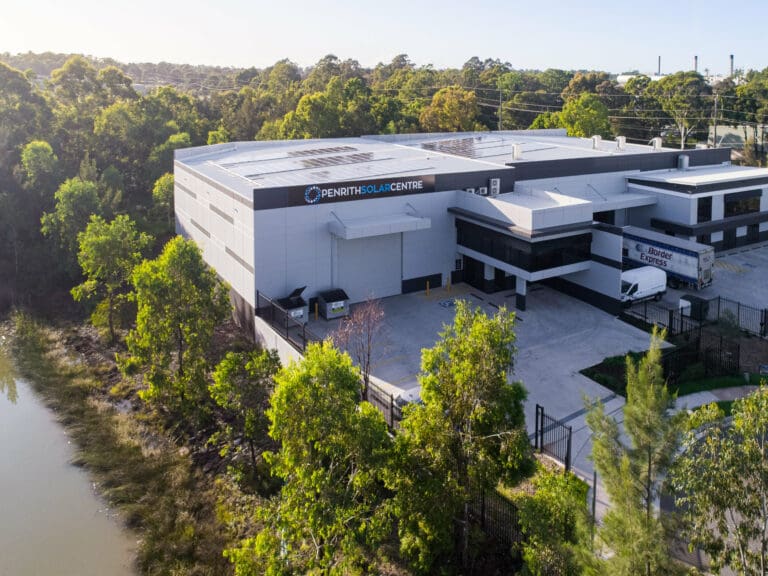
While a true Australian will put on a pair of thongs and BBQ through the winter (you need something to eat while you watch the Panthers decimate the Bulldogs), Easter weekend is the last deep breath before the plunge into long sleeves and closing the windows at night.
Some folks get frustrated by how poorly their solar produces in the wintertime and complain about their investment, regardless of how effective it is in the summer. Your panels still generate electricity in the winter, and if you have a solar battery, you’ll be able to self-consume and keep saving as the year rolls round, but buyer’s remorse sets in for some in the winter.
To those people, we say: consider the bilby.
The bilby is a symbol of hope for restoring the ecosystem of our great island. Once widespread across Australia, the bilby population has been decimated (much like the Bulldogs last year against the Panthers with a humiliating score of 44 – 16). Their near extinction is entirely due to a single invasive species brought over by the Europeans: the rabbit.
And on Sunday, after we all get back from church, temple, mosque, meditation centre, or sacred ground of any ilk, we’ll have a proper egg hunt and kick back with a chocolate-covered bunny. The enemy.
At Penrith Solar Centre, we understand what it is to fight for survival in the face of impossible odds. We are committed to helping Australia reach Net Zero by 2050. The fossil fuel companies with billion-dollar piggy banks continue to fund and lobby for oil, gas, coal, and the like. They are bigger, meaner, and greedier than any solar installer in Australia. We’re in the fight of our lives for the soul of our planet and the survival of our species. Just like the bilby.
In this article, you will learn:
- The History of the Easter Bunny
- The Resilience of the Greater Bilby
- The Resilience of the Solar Industry
- What You Can Do to Help the Bilby
- What You Can Do to Help Australia Reach Net Zero by 2050
By the end of this article, you’ll know the ins and outs of the bilby, Easter Bunny, and the fight for the future of our planet.
The History of the Easter Bunny
The Easter Bunny was first spotted in pre-Christian Germany in the 13th century. The people of that time in that land worshipped the Teutonic deity Eostra (sounds like Easter, hey?), who was the goddess of spring and fertility. Feasts to celebrate her bounty happened on the Spring Equinox (in the Northern Hemisphere where Germany is located, the Spring Equinox is next week). The rabbit became her symbol and a symbol of fertility because, well, the animal has an incredibly high reproductive rate.
Eventually, the celebration of Eostra at the Vernal Equinox merged with the Catholic holiday celebrating the resurrection of Jesus. As the centuries rolled on, German immigrants settled in Pennsylvania in the 1700s and brought the tradition of making nests for rabbits to lay their Easter eggs and other small treats, which eventually became Easter baskets.
The chocolate Easter bunny went through another transformation during the Second World War. Because of cocoa rationing, chocolatiers used their bunny moulds to make hollow chocolate bunnies.
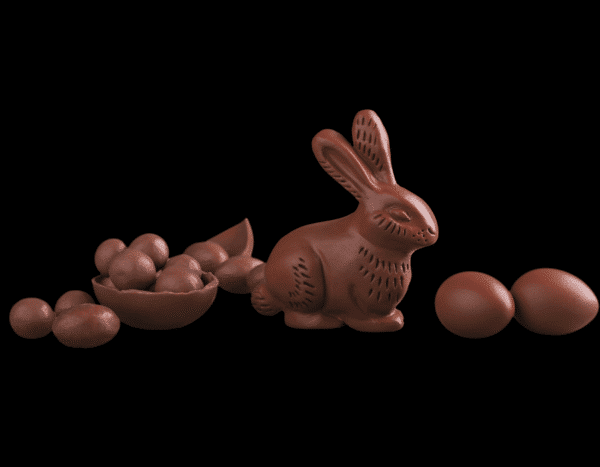
Chocolate Easter bunnies are manufactured and distributed worldwide by candy companies every year. They’re sweet and delicious; as demonstrated by parents worldwide who like to bite the ears of their children’s chocolate bunnies. We’re not picking a fight with Cadbury’s.
But as you get away from Sydney, and into the countryside, bunnies are awful because of the damage they do to crops. The Easter Bunny is a somewhat controversial figure in some regions, a seasonal reminder of agriculture’s biggest enemy.
The Resilience of the Greater Bilby
The Greater bilby is a nocturnal marsupial with long ears and legs that are like a kangaroo (they don’t hop around though; they gallop like a horse). They don’t need much water and they mostly eat insects and fruit. The bilby has long teeth and a bandicoot muzzle. Fossil evidence suggests that they’ve made Australia their home for at least 15 million years.
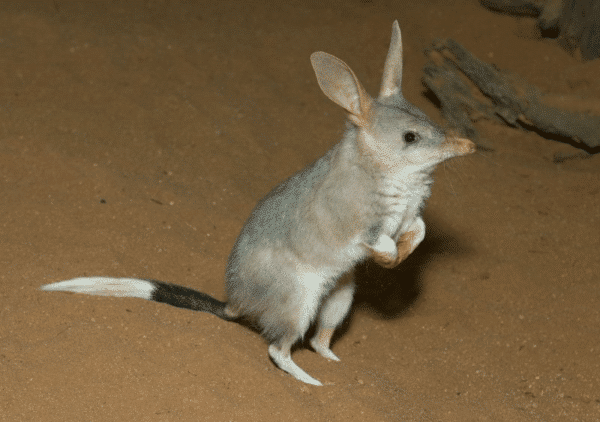
When settlers came to Australia hundreds of years ago, there were two types of bilbies; the Greater bilby (which we all know and love) and the Lesser bilby. The Lesser bilby hasn’t been seen for decades and many believe it to be extinct (but we like to imagine that they’re on a long holiday across the rainbow bridge with their friends, the Tasmanian tigers).
Bilbies were once extremely common and ranged across 70% of Australia. Now, there are less than 10,000 scattered across the Northern Territory, Western Australia, and Queensland.
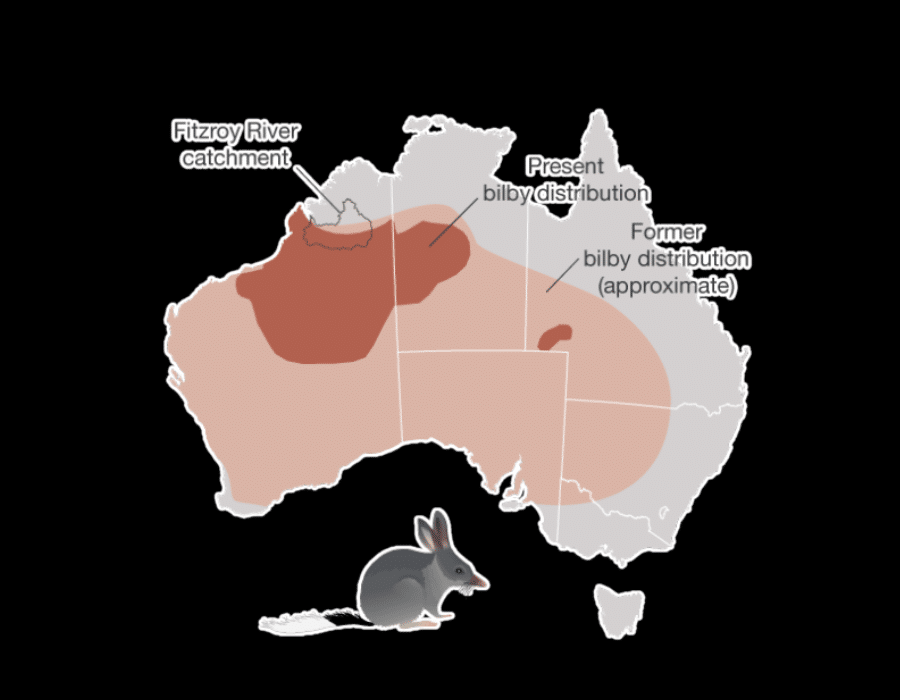
Rabbits were brought to Australia with the First Fleet for food and leisure hunting. Everything was fine until an Englishman, Thomas Austin, released 24 rabbits into the wild on Christmas Day in 1859. He was even quoted as saying, “The introduction of a few rabbits could do little harm and might provide a touch of home, in addition to a spot of hunting.”
Their numbers quickly reached the millions. They ate everything the bilby ate; they also ate everything people ate. The fight against rabbits has included fences, explosives, and the introduction of infectious diseases like rabbit haemorrhagic disease (RHD). While this has slowed their population explosion, they are the most destructive pest in Australia. Just one rabbit grazing on an acre of land can significantly disrupt the growth and regeneration of plant life, leaving nothing for the much smaller bilby population.
The bilby has spiritual significance to many Indigenous Australians. It’s a totem animal that has been woven into the Dreamtime stories. The Walmajarri story of Nyarlku is about a bilby who stole pearl shells from Paraku Lake and burrowed across the desert to the west Kimberly coast.
Bilbies are ecosystem engineers. Their dwindling numbers don’t just affect their species. They’re great at burrowing and turning over around 20,000 kilograms of topsoil every year. Bilbies dig multiple burrows which promotes seed germination, soil aeration, and increasing the carbon in the soil. Bilbies are little composting machines (like many animals, really) that eat bugs, veggies, and fruits and enrich the soil afterwards with numerous compost pits underground.
The burrows the bilby digs offer so much more to their ecosystem. A camera monitoring project showed that more than 45 animal species were sighted using bilby tunnels for shelter. Many of those species are endangered species as well, like the dusky hopping mouse.
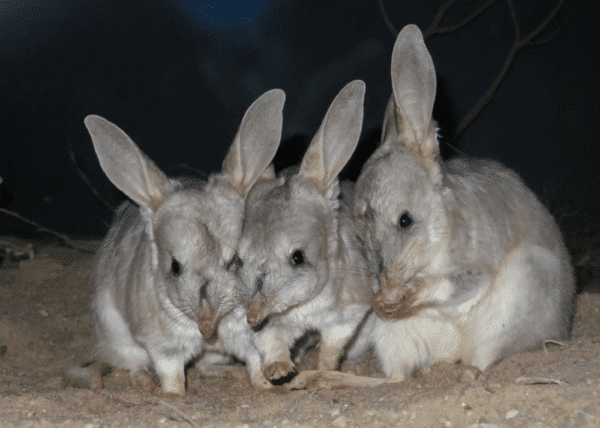
Like the bilby, these endangered species haven’t evolved to adapt to invasive species because they can’t. Evolution, adaptation, and natural selection take place over many years. When competition or a predator is introduced to an ecosystem, the ecosystem can’t adapt. It’s not how nature works.
There is great news for the bilby. Conservation efforts have brought the bilby back to Australia in the face of impossible odds. There are programs that include captive breeding, monitoring populations, and reestablishing bilbies where they once lived.
The Resilience of the Solar Industry in Australia
Australia is rich in energy resources. We export more coal and gas than we use. The reality of climate change means that we’re going to have to make changes in how we generate energy.
We are leading the world in rooftop solar, and we’re building infrastructure to reach Net Zero by 2050. It is an enormous undertaking.
Worldwide, the solar energy market was worth approximately $92.45 billion USD in 2023.
The fossil fuel energy market was worth approximately $4.3 trillion USD in 2023.
While it sounds like the solar industry is ready for the fight with billions of dollars behind it, there is absolutely no comparison to the absurd amount of money the fossil fuel industry has at its disposal.
A trillion dollars is 1,000 billion dollars. Math at that level is difficult to wrap our heads around. Here’s an example:
- A million seconds is about 12 days.
- A billion seconds is a little short of 32 years.
- A trillion seconds is just under 32,000 years.
In other words: we are 32 bilbies competing with 32,000 rabbits.
We are in the fight of our lives for our planet and our children’s futures.

Australia has achieved unparalleled success with solar installations nationwide. A third of all homes in Australia have a solar array. This is perfect for our great country, as we have the highest solar radiation of any continent in the world. Australia receives about 10,000 times more solar radiation than we consume in a year. We also have the space for many large-scale arrays.
We’re also an extremely resilient people. We brought back the bilby; we can bring back the planet.
What You Can Do to Help the Bilby
In 1968, a nine-year-old named Rose-Marie Dusting wrote a story called “Billy the Easter Bilby”. A few years later, when Rose was 20, she published the story as a book. People loved it and were interested in saving the bilby.
In 1991, the Foundation for Rabbit-Free Australia began a campaign to replace the Easter Bunny (an American import) with the bilby to raise awareness and help struggling wildlife threatened by extinction.
Since then, chocolate companies have been producing chocolate bilbies instead of bunnies. A portion of each sale gets donated to bilby conservation projects and organisations.
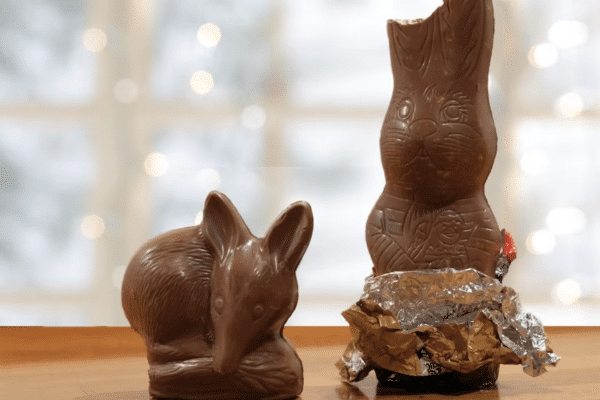
The funds raised through chocolate Easter bilby sales over the past 25 years have helped bilbies.
The bilby still has a long way to go; numbers are slowly increasing. In South Australia, where they were once extinct, it is estimated that 800 to 1500 bilbies are thriving.
The growing popularity of the Easter Bilby isn’t just raising awareness of the bilby’s struggle for survival.
Haigh’s Chocolates in Adelaide produces the Easter bilbies and donates funds to help the population join the ecosystem again. Since 1991, sales of Easter bilbies have steadily increased.
Much like the solar industry since the 90s.
If you’re interested in learning more about how you can help the bilby, you might want to check out the following website, Rabbit-Free Australia.
Of course, we can’t endorse any charity without a comprehensive vetting process, but if you are so moved, this might be a good place to start your journey in looking out for the bilby. Make sure you study up on any charity before you give it your hard-earned dollars.
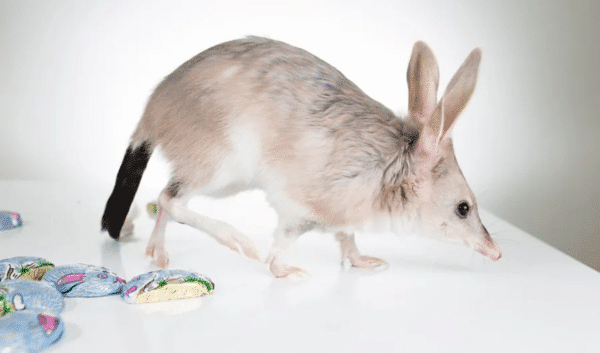
You can buy, gift, or enjoy a chocolate Easter bilby. Every time you do, a portion of the sale goes to conservation efforts.
What You Can Do to Help Australia Reach Net Zero by 2050
It goes a bit beyond remembering to take your bags to the grocery store. But honestly, it’s not that much and it’s not that hard. It might be mildly inconvenient for a bit, slightly adjusting a few habits that you have, but then you’ll just adapt to new habits that help save the bilby and the world.
Turn off lights and power points when you leave a room.
Walk, ride a bike, or take public transportation when you can. We know this sucks at first, but if we don’t start doing this, the alternative is taxing private transportation so highly that only the rich will be able to afford it.
Shop smarter for everything. For example, did you know the fashion industry is responsible for 10% of all global carbon emissions? Don’t buy from them. Find ethical companies that take steps to minimise their impact on the environment.
Stop using single-use plastic whenever possible. Take a tumbler to the coffee. Get a metal straw. Remember handkerchiefs? They’re classy. Get one.
Invest in rooftop solar. Okay, you knew we were going to throw that one in. It’s not our fault, it’s what we do.
A great place to begin your solar journey is with the following articles:
What Is Solar Energy? How It Works, How to Use It, and Pros & Cons
How to Shop for Your Solar System
The Bilby: Living on Burrowed Time
Now you know how a few of our Easter traditions were formed and how you might want to mix them up this year (or next year) to help the ecology of our island. Much like the bilby, the solar industry is up against bleak odds. And much like the bilby, our industry is growing steadily. Even thriving in some areas.
At Penrith Solar Centre, we are committed to preserving our community: Penrith, Sydney, New South Wales, Australia, and Earth. We are in this together, regardless of whether everyone is acknowledging it yet.
Be the bilby, not the bunny.
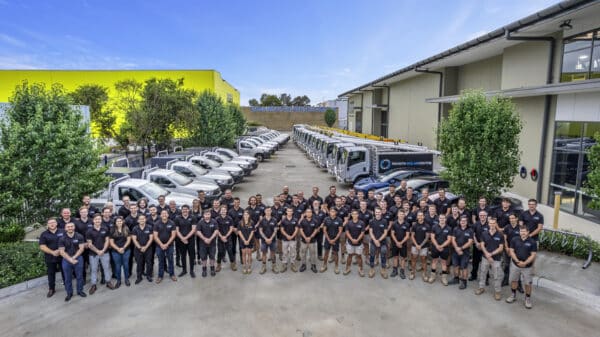
If you’re interested in learning a bit more about what we do at Penrith Solar Centre, give us a call, stop by our showroom, or just reach out for a quote. It’s free. We would love to chat with you about your unique energy needs and goals.

